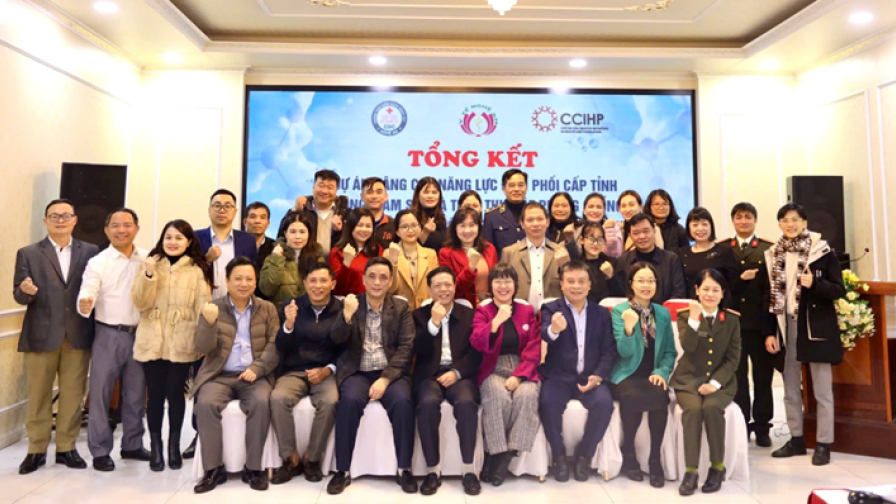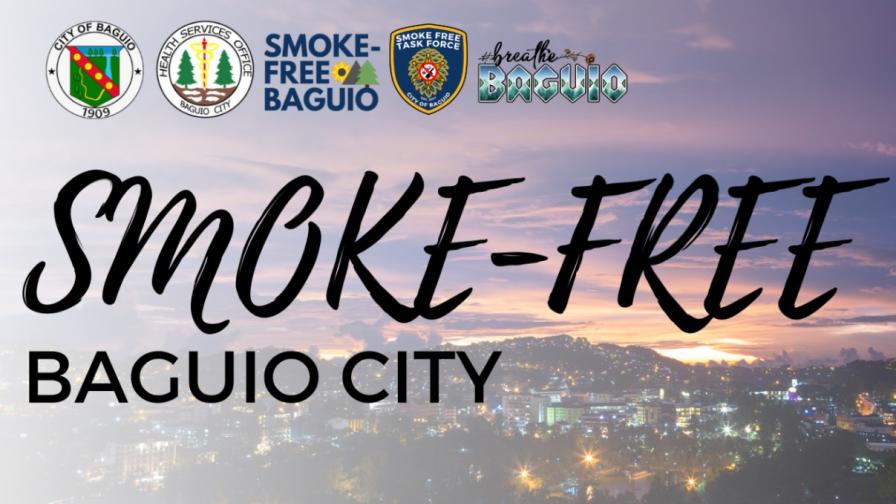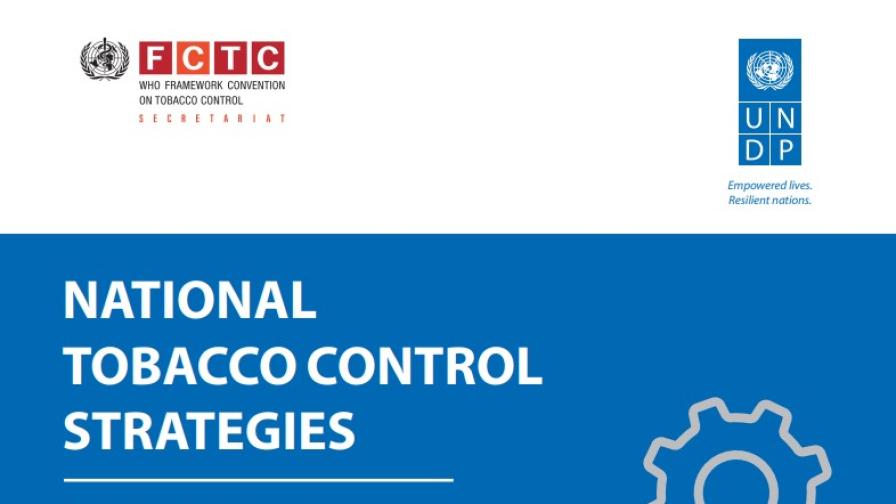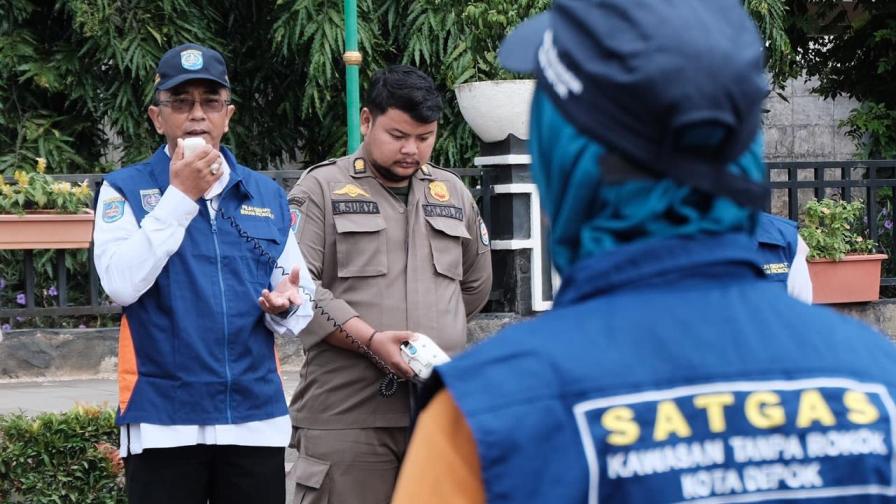
Effective implementation requires a well-functioning institutional system. This includes regular coordination among stakeholders, standardized reporting of activities and inspections, progress tracking, and strategic planning and budgeting using available data. Training for government officials and enforcement officers is essential to ensure stakeholders have the necessary skills and knowledge.
- Train members of the coordination mechanism on tobacco control and their roles and responsibilities under the law. Sensitization should be carried out routinely to build capacity and educate new members when appointed. Utilize evidence to increase their support.
- Develop standardized materials to ensure consistent training and smooth coordination.

Baguio City is a model city in the Philippines that strictly enforces its smoke-free ordinance. Their website shares good practices from the city, provides a platform for reporting smoke-free policy violations and contains a database of protocols and forms for enforcement actions.
- Conduct training for all authorized officers on the harms of tobacco, the laws and regulations, their duties and relevant sanctioning procedures.
- Establish a regular, standardized capacity building program for authorized officers, including refresher trainings and professional development.
- Ensure training is available for new recruits and transfers.
TOP TIP: For multi-agency enforcement mechanisms, utilize Training-of-Trainers with cascade trainings to build capacity more efficiently.
- Develop workplans and budgets for implementation activities, such as communications, meetings, trainings, surveillance, enforcement and evaluation.
- Use all available data to identify priorities, allocate resources and ensure they are used efficiently. Sources may include surveillance and enforcement data, public complaints, periodic compliance assessments, national or local health surveys and academic studies. Learn more about evaluation here.
- Identify additional resources that can be mobilized. For example, universities conducting research or CSOs with funding to conduct education programs.

The UN Development Program has created a toolkit, which provides a roadmap for establishing multisectoral strategies, plans and programs for tobacco control in line with WHO FCTC Article 5.1. Informed by Party experiences, the toolkit focuses on developing a national tobacco control strategy (NTCS) – the blueprint for how a country will address the tobacco epidemic within a specified timeframe.
- Conduct meetings on a regular basis to coordinate activities, drive accountability, track progress and respond to emerging issues.
- Adopt standardized reporting formats and timelines to support high-quality, consistent submissions by members.
- Conduct annual review and planning meetings to assess progress against workplans, evaluate interventions, identify gaps and priorities and secure resources
- For additional information about effective coordination meetings, please click here.
TOP TIP: A standing agenda for coordination meetings can help ensure they are conducted effectively and efficiently.
- Identify other government stakeholders with a role in implementation and enforcement. They may include additional ministries, agencies, laboratories and members of the judicial system.
- Conduct training as needed. They should also be engaged in planning and evaluation where appropriate.
- For recommendations and examples of engaging other ministries and agencies to support compliance building, please click here.

TOP TIP: Working with other ministries or agencies to support compliance can be a way of expanding monitoring with limited resources. Oftentimes, agencies that are not formally part of the implementing regulations can still be well-placed to support activities. For example, in Indonesia community health center workers regularly engage with individuals and venue managers as part of their daily work. Some cities have been able to build promotion and monitoring of compliance into their existing mandate and now serve as an important part of the smoke-free monitoring network in some cities.
- Limited financial resources – funding is required to conduct implementation and enforcement activities but many governments face resource constraints, both human and financial. Aligning workplans with existing government priorities can help to maximize resource allocation and mobilize support from leaders and other key stakeholders. It may also be possible to incorporate some of these elements into existing public health programs.
- Limited engagement from agencies – coordination meetings should include representatives from agencies or departments authorized under the law. However, aligning these stakeholders can be challenging. Having clearly defined roles and sensitizing stakeholders on the importance of their position can be helpful in building support. Engaged leaders can put additional pressure on agencies to cooperate. To learn more about mobilizing key stakeholders and leaders, click here.
